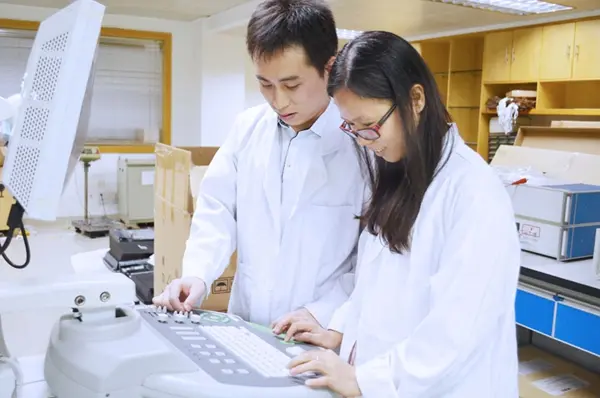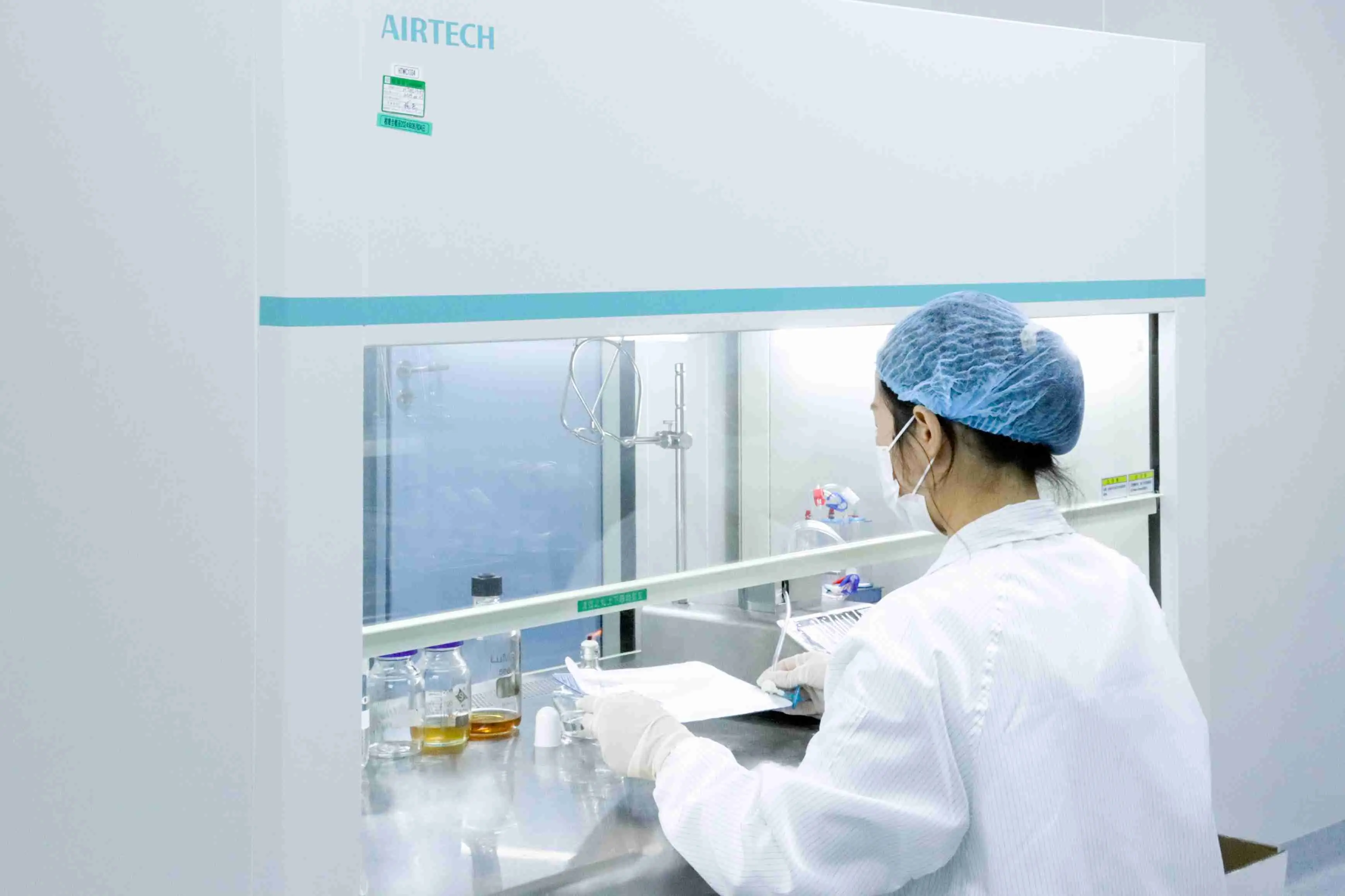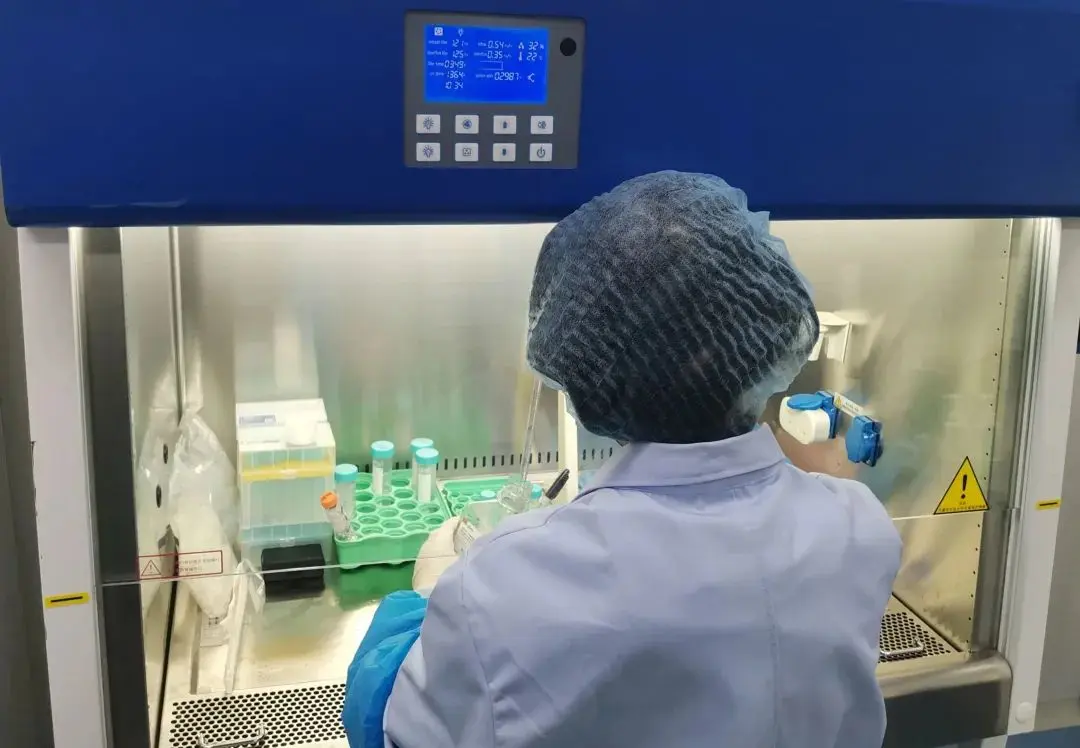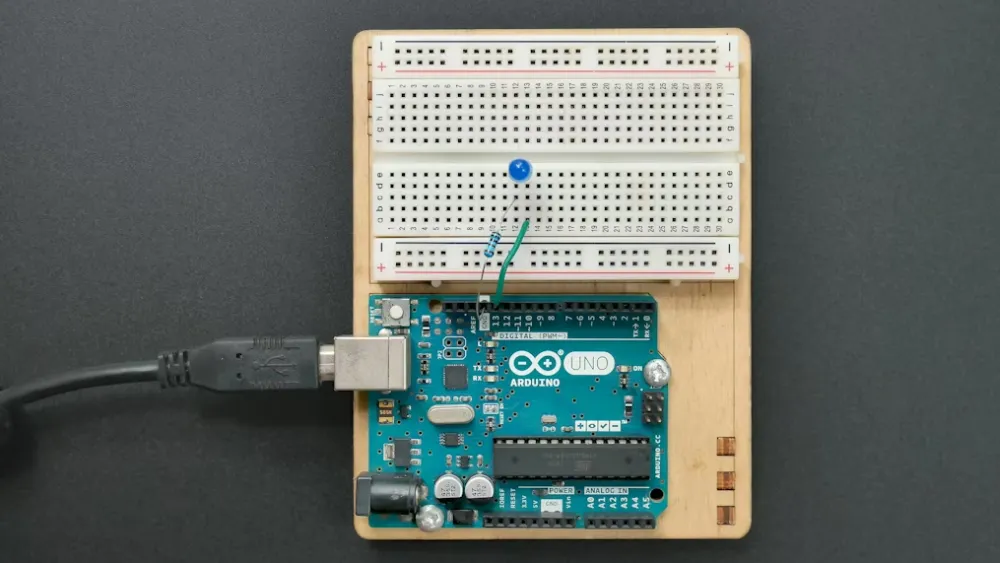
What does Conforms to ASTM F963 mean?
This standard applies to items designed, manufactuRED, or sold for play by children under 14 years of age.
ASTM F963 - U.S. Toy Safety Standard:
The ASTM F963 standard is a mandatory requirement based on U.S. federal regULations. It generally incorporates the technical requirements from CPSC 16CFR. Manufacturers ensuring their products meet ASTM F963 also satisfy most of the CPSC 16CFR technical requirements. However, to ensure compliance with CPSC 16CFR, toy manufacturers must continuously monitor both ASTM F963 and any updates to CPSC 16CFR to ensure their products comply with U.S. legal requirements.
Key Technical Requirements of ASTM F963:
ASTM F963 covers safety aspects such as mechanical and physical safety, flammability, cheMICal toxicity, electrical safety, and microbiological safety, among others.
astm f963 tested Products
- Plush toys
- Plastic toys
- Wooden toys
- Electric toys
- Smart toys
- Ride-on toys
- Inflatable toys
- Magnetic toys
- Science kits
- Musical instruments, etc.
Overview of astm f963 testing Items
- astm f963-17 Physical and Mechanical Performance
- ASTM F963-17 Flammability (Appendices A5 & A6)
- ASTM F963-17 Soluble Metals (8E)
ASTM F963 Testing Items
1. Mechanical and Physical Performance
- 1.1 Material Quality
- 1.2 Electric/Heat Energy
- 1.3 Sound-Producing Toys
- 1.4 Small Parts
- 1.5 Accessible Edges
- 1.6 Protruding Parts
- 1.7 Accessible Sharp Points
- 1.8 Wires and Rods
- 1.9 Nails and Fasteners
- 1.10 Plastic Films
- 1.11 Folding Mechanisms and Hinges
- 1.12 Strings, Bands, and Elastic Bands
- 1.13 Stability and Overload Requirements
- 1.14 Enclosed Spaces
- 1.15 Wheels, Tires, and Axles
- 1.16 Mechanical Device Holes, Gaps, and Accessibility
- 1.17 Simulated Protection Devices
- 1.18 Pacifiers
- 1.19 Ejection Toys
- 1.20 Long Teeth and Toys with Long Teeth
- 1.21 Rattles
- 1.22 Squeeze Toys
- 1.23 Electric Toys
- 1.24 Toys Placed in Cribs or Playpens
- 1.25 Stuffed and Beanbag Toys
- 1.26 Strollers and Carriage Toys
- 1.27 Art Materials
- 1.28 Toy Gun Labels
- 1.29 Balloons
- 1.30 Toys with Nearly Spherical Ends
- 1.31 Elastic Balls
- 1.32 Balls
- 1.33 Pom-Pom Toys
- 1.34 Hemispherical Objects
- 1.35 Yo-Yo Elastic Rope Toys
- 1.36 Magnets
- 1.37 Handles and Steering Wheel Grips
- 1.38 Expanding Materials
- 1.39 Toy Boxes
2. Labeling Requirements
3. Instructions and Documentation
4. Manufacturer Markings
- 4.1 General Requirements
- 4.2 Regarding Toys, Toy Parts, and Materials
- 4.3 Cleaning and Anti-Corrosion Testing
- 4.4 Normal Use Testing
- 4.5 Non-Normal Use Testing
- 4.6 Impact Testing
- 4.7 Disassembly Part Torque Testing
- 4.8 Disassembly Component Pull Test
- 4.9 Pressure Testing
- 4.10 Tire Cutting and Wheel Axle Assembly Disassembly Test
- 4.11 Bending Test
- 4.12 Projectiles
- 4.13 Ride-on Toys or Toy Seats Stability Test
- 4.14 Pom-Pom Toys
- 4.15 Battery-Powered Toy Motor Cutoff Test
- 4.16 Electric Car Toys Testing
- 4.17 Testing Toys for Secondary Batteries or Cells
- 4.18 Testing Noise-Producing Toys
- 4.19 Toy Strength Testing for Wheeled Toys
- 4.20 Plastic Film Thickness
- 4.21 Testing Coils and Wires
- 4.22 Yo-Yo Elastic Rope Toy Testing
- 4.23 Magnet Testing Methods
- 4.24 Locking Mechanisms or Other Device testing
- 4.25 Toy Box Cover and Seal Testing
- 4.26 Overload Testing for Ride-on Toys and Toy Seats
- 4.27 Filler Material Evaluation
- 4.28 Expanding Materials – Testing Methods
5. Flammability Performance
- 5.1 Solid and Soft Toy Materials Flammability Test (Appendix A5)
- 5.2 Fabric Flammability Test (Appendix A6)
6. Specific Element Migration
- 6.1 Soluble Arsenic (As)
- 6.2 Soluble Chromium (Cr)
- 6.3 Soluble Barium (Ba)
- 6.4 Soluble Selenium (Se)
- 6.5 Soluble Antimony (Sb)
- 6.6 Soluble Cadmium (Cd)
- 6.7 Soluble Mercury (Hg)
- 6.8 Soluble Lead (Pb)
About JJR Laboratory
JJR Laboratory, fully qualified and located in China, can help you save up to 40% on testing costs. We welcome your inquiries!
Now everything should be in the correct order with sub-numbering. Let me know if there’s anything else you'd like to adjust!
Email:hello@jjrlab.com
Write your message here and send it to us
 What Certifications for Wireless Products Exported
What Certifications for Wireless Products Exported
 Which Lab Provide Brazil ANATEL Certification Serv
Which Lab Provide Brazil ANATEL Certification Serv
 What is FDA Cytotoxicity Testing
What is FDA Cytotoxicity Testing
 How Much Does a Cytotoxicity Test Cost
How Much Does a Cytotoxicity Test Cost
 What is Biocompatibility Cytotoxicity Test
What is Biocompatibility Cytotoxicity Test
 Global Cyber Security Compliance for Connected Pro
Global Cyber Security Compliance for Connected Pro
 What Certifications for Exporting Monitors to Euro
What Certifications for Exporting Monitors to Euro
 Bluetooth Headphones Exported to Australia Certifi
Bluetooth Headphones Exported to Australia Certifi
Leave us a message
24-hour online customer service at any time to respond, so that you worry!




